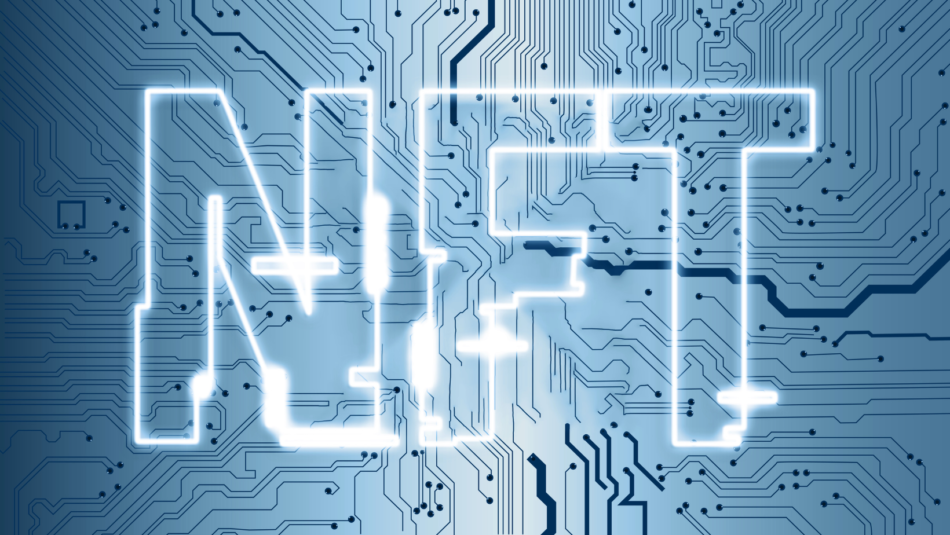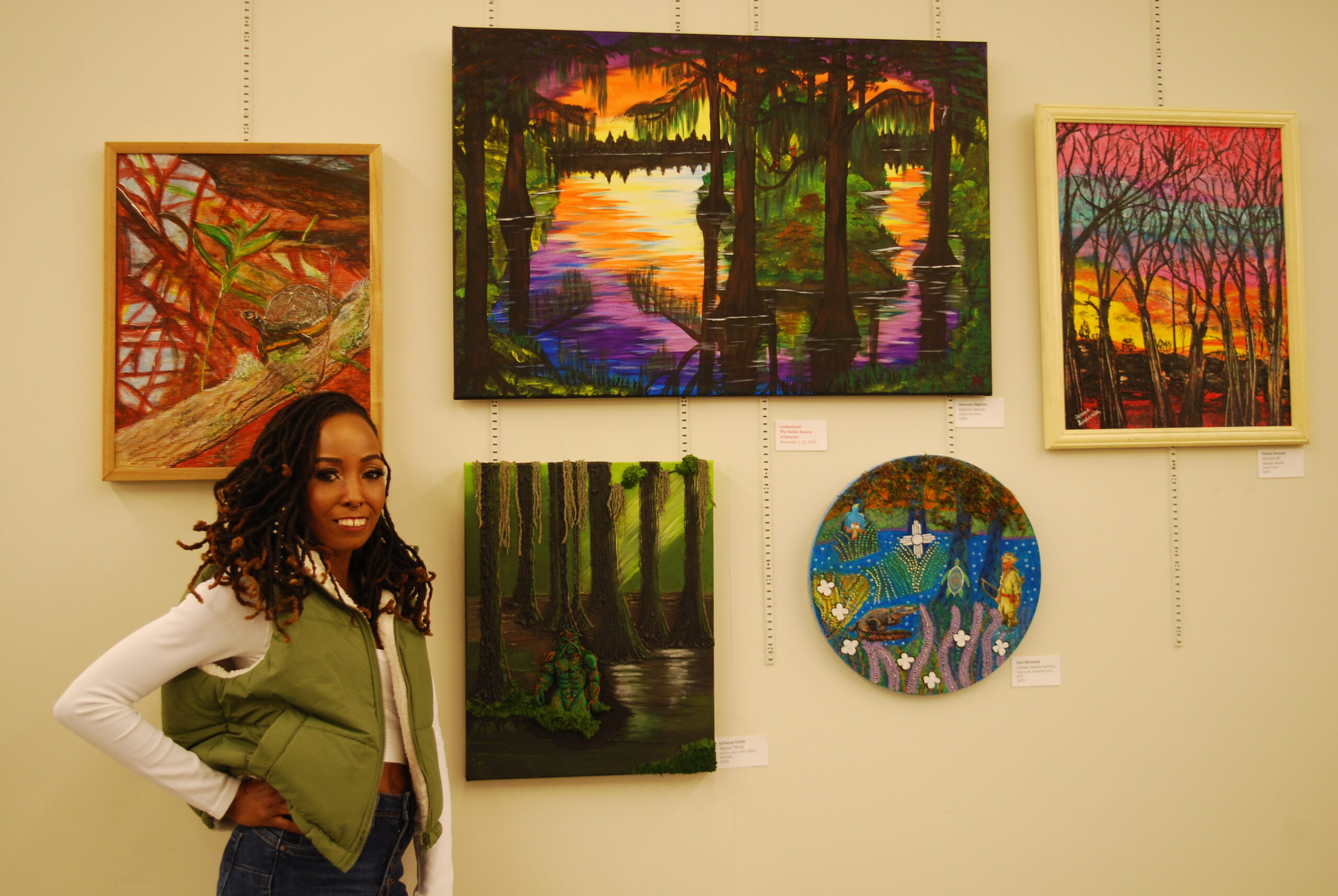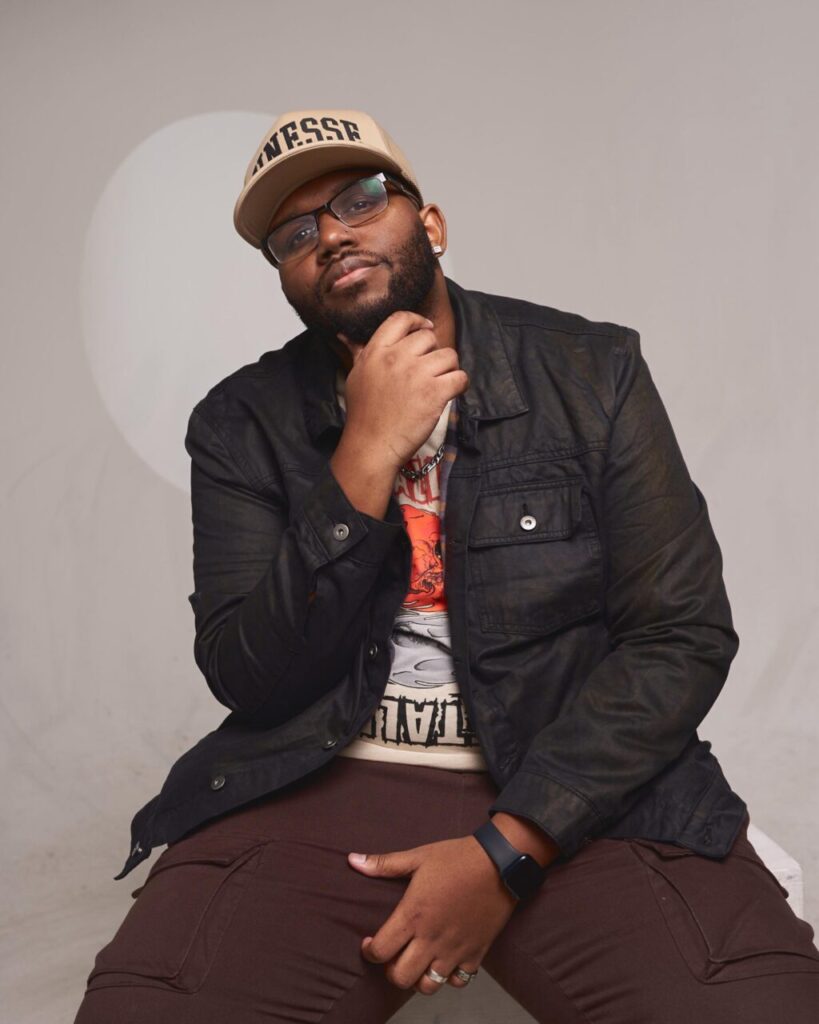NFT – a three letter acronym that you’ve probably heard on the news or read about online and wondered “what does that even mean?”
The abbreviation stands for Non-Fungible Token – which in the realm of art translates to a digitally created piece of art that is registered on blockchain – a digital ledger of transactions that is distributed across an entire network of computer systems and is difficult to change, hack or cheat.
“We’ve got those people who are really, really into it [NFTs] that have gone so far down the rabbit hole, and it’s like a way for them to connect,” said Ryan Firth, a Financial Advisor and Planner based in Texas.
There are several different kinds of NFT ‘forms’ that can be registered on blockchain like avatars, generative art (created by artificial intelligence), collectibles (sports trading cards and NBA top shot moments), photography and music.
“Like you’ve got the NBA top shot stuff where you can buy a moment in an NFT. I think it’s a great way for people who are into shoes and collectible items like that,” Firth said. “This is kind of the next level of digital collection of things for them that is unique and can’t be copied.”
Unlike other kinds of cryptocurrencies on blockchain, NFTs cannot be traded or exchanged. Once someone purchases an NFT, it’s registered as his or hers on blockchain, and it can’t be replicated.
Whether people love the idea or hate it, NFTs have made their mark on two polar opposite communities – art and finance.
Technology has managed to change aspects of our society and culture on a broad scale, so it’s no surprise that it has impacted the way art is created and consumed. Traditional mediums of art are still widely used, but “new media art” has been steadily rising in popularity for years.
Snow Yunxue Fu, a New Media Artist and Assistant Arts Professor at New York University, says that the term ‘new media art’ has existed for a while.
“It came around in the 60s and 70s on an international scale. There were many people who were utilizing whatever was the emerging medium of the time,” Fu said. “Even paint brushes and canvases and cameras were all once new emerging technologies. So, this history that artists have with whatever is the technology of their time has actually been present all along.”
According to VFX artist Bilali Mack, the uniqueness of the NFT registration process allows artists to control their success in a way that they weren’t able to before.
“NFTs are such a great way of leveling the playing field for people of color, for women, for any community that you can imagine that has been disenfranchised or been left out in some way,” Mack said.
Mack isn’t the only one to notice how the rise of NFTs has helped open the door for many artists or individuals interested in art.
“I think it just made artwork more accessible to people – you know, for people who might not have access to the tools they may need to create it,” said Zead Elmehdawi, a Sales Associate and Art Consultant at West Chelsea Contemporary. “You can create these pieces of art with your laptop or phone, so the whole [NFT] process just made it easier to access art.”
While the concept of NFTs is relatively new, as Fu said, new media art and digital art are not new concepts. Even though these art styles are not new, they are just now starting to become accepted by the community.
“For a really long time, digital artists’ artwork was not being recognized in the way that it should have been, especially in comparison to paintings and sculptures,” Fu said. “Even though it’s still a controversial topic, blockchain technology answers the question of, you know, how do we track back to the artists who are making these pieces of digital work? And how do we value the work for what it is?”
Since blockchain technology is essentially the buying, trading and selling of NFTs online, artists have become increasingly concerned about how this will impact the art galleries that line the streets of Chelsea, Manhattan. Fu said that on a local and national level, it will depend on the type of gallery and preferences they have.
“There are some that are open and of course, there are some that say ‘this doesn’t make sense to me.’ So, in general, I would say there is a tendency for more acceptance [in art galleries] relating to NFTs,” Fu said. “I would say a lot of even the traditional galleries are accepting of it too.”
The Museum of Modern Art (MoMA), one of the most famous traditional art galleries in the world, has just announced that the William S. Paley Foundation will auction off at least $70 million in art masterpieces this fall. The proceeds will all go towards expanding the digital footprint of MoMa in New York and maybe even acquiring the museum’s very first NFT.
While traditional art galleries embrace digital art in Manhattan, several NFT galleries have sprouted throughout the city – creating a new way for people to consume the new media art.
However, with the rise of any new technology medium, the question of ethics arises. The debate of whether the positives will outweigh the negatives is an ongoing discussion when it comes to NFTs.
“I’d say it’s mixed,“ Elmehdawi said. “There are some aspects of it that are really good for the art world, but I think there are other aspects that are just more for monetary purposes.”
“I think a lot of people got into NFTs because of money at first because it was basically a gold rush,” Fu said. “Back then, it was kind of anything goes in a way, but now I think digital artists now take the time to reflect like ‘what does this mean to me?’”
While the artistic drive may outweigh the financial drive for some, there remains a risk that digital artwork can be stolen by hackers. There also exists the potential environmental impacts of the overuse of blockchain technology. With so many benefits up in the air, how does the art community fend off the negative aspects?
“It [NFTs] needs a lot of law, it needs a lot of regulation,” Fu said “It’s very exciting that it’s opened up a lot of possibilities, but you know just like any technologies and tools, there needs to be some kind of regulation made to ensure basic human rights are protected.”
While Fu says that even though the NFT market is approaching a downswing right now, she’s still eager to see all the new media artists that emerge from this new pendulum shift in art.
“There’s this interesting energy being built around it, it kind of gives me more hope,” Fu said. “I think only by more and more people understanding what this technology is and what kind of transition we’re in will we end up in a more positive environment.”


